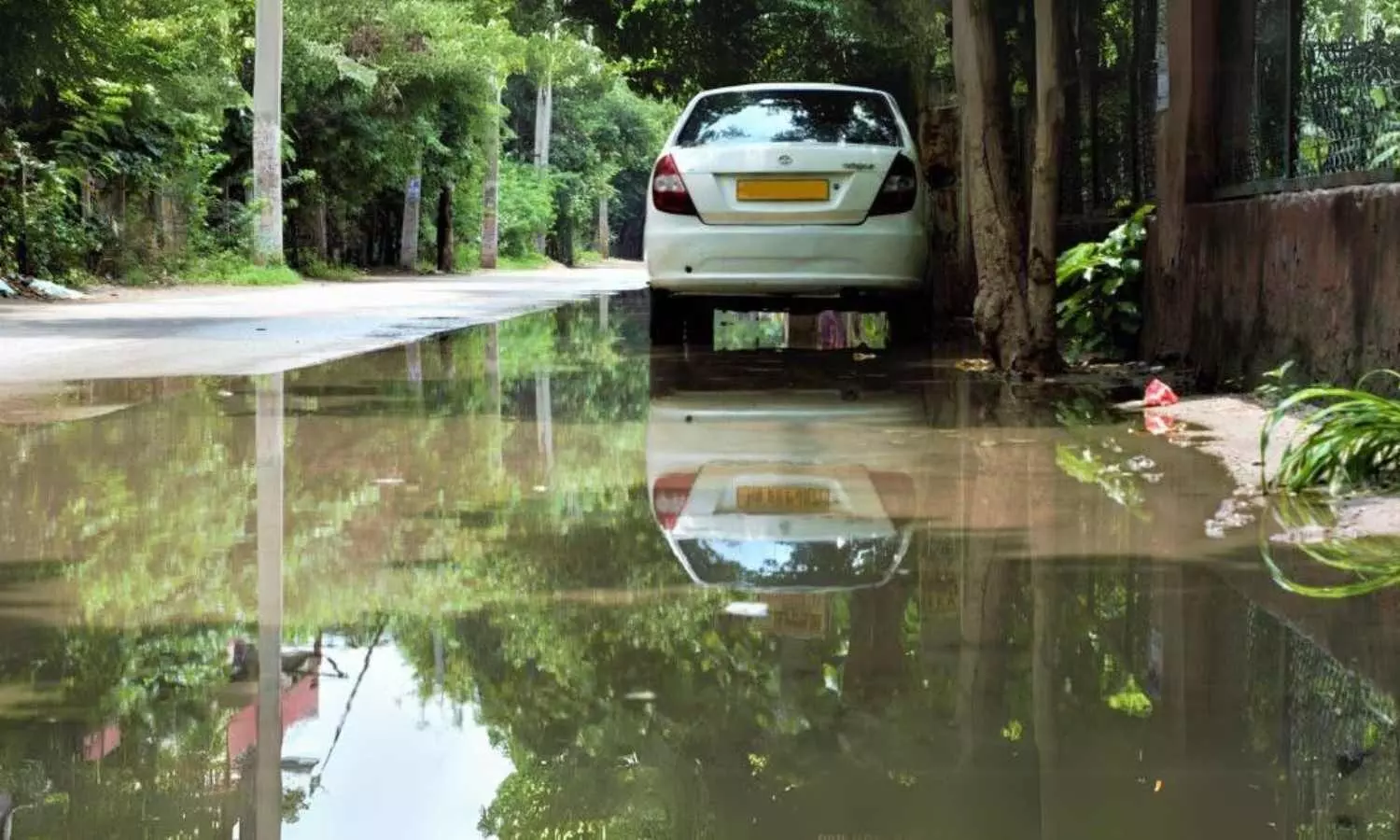Live
- Basu Hanumanthu Naidu Graces Sri Sadguru Tyagaraja Swami Aradhana Mahotsavam in Aija
- Motivational Classes and Mid-Day Meal Scheme Review Conducted for Student Development
- Rajasthan govt launches online interactive interface for investors to track MoU progress
- CM Revanth Reddy Unveils Plans to Boost Temple, Health, and Eco-Tourism in Telangana
- Telangana CM Revanth Reddy Forms High-Level Committee on Sand Supply Policy for Indiramma Housing Scheme
- Yamuna water contamination: Atishi says EC has assured help in public interest
- Jindal Steel and Power to invest another Rs 70,000 crore in Odisha
- Shark Tank India Pitcher Faces Controversy After Spending Rs 14 Crore of Husband’s Money on Business
- Hubballi Man Dies by Suicide, Accusing Estranged Wife of Harassment
- Delhi poll rally: Rahul Gandhi trains guns at Kejriwal over ‘Sheeshmahal’
Just In
13 Effective Methods to Safeguard Your Car from Water or Flood Damage


13 Effective Methods to Safeguard Your Car from Water or Flood Damage
Learn about 10 effective methods to safeguard your car from potential water or flood damage, ensuring its protection during inclement weather conditions.
During the devastating 2018 Kerala floods, more than 17,500 new cars parked in various dealerships across the state were reported destroyed. The estimated financial loss exceeded a staggering one thousand crore rupees. Among the casualties were luxury vehicles like Porsche Cayenne, Mercedes GLS, and Mercedes E-Class, succumbing to the wrath of this natural catastrophe.
Cars, as convenient and essential as they are to modern life, often find themselves at odds with Mother Nature. Floods and water damage pose significant threats, especially in areas unaccustomed to such natural disasters. Residents in flood-prone regions live with the constant anxiety of protecting their vehicles during heavy rains, aware that a single downpour can spell disaster for their cherished possessions.
Recently, even non-coastal areas of North India experienced severe waterlogging during the monsoon season, resulting in submerged cars and buses. Understanding how to safeguard your vehicle from flood and water damage has become a critical skill for every car owner, unless they have access to a secure, elevated parking spot. Today, we'll explore essential strategies to shield your car from floods and minimize potential damage.
How to Protect Your Car from Water or Flood Damage
Prevention While Driving
1)Avoid Passing Through Standing Water - It's a common mistake to underestimate the depth of standing water on roads. Driving through deep water can lead to stalling and even cabin flooding. Always opt for an alternate route if possible.
2)Use Low Gear and Maintain High Revs - When you can't avoid waterlogged roads, keep your car in first gear with high revs. This technique helps maintain control at low speeds and prevents water from entering the exhaust system.
3)Choose Higher Ground - Before proceeding through waterlogged areas, assess the road conditions. Look for the highest point of the road to minimize the risk of your vehicle getting stuck mid-water.
4)Safety First if Stuck - In case your car becomes immobilized in floodwater and the water level rises around it, prioritize your safety.
5)Restarting Your Car - If your car stalls in the middle of floodwater, refrain from restarting it immediately. Restarting too soon can lead to hydrolock, a serious engine problem caused by water entering the combustion chamber.
Prevention While Parked
6)Park on Higher Ground - Prevention is always better than cure. Whenever possible, park your car in elevated areas during heavy rains or flood alerts. This practice reduces the risk of water entering your vehicle and damaging electronics and mechanical components.
7)Ensure Tight Window Seals - Before leaving your parked car, ensure that all windows are tightly closed. Even a small gap can allow water to seep into the cabin, potentially causing significant damage.
8)Disconnect Batteries in Advance - If you anticipate flooding or intense waterlogging, consider disconnecting your car's battery in advance. This precaution helps protect the vehicle's electrical systems from water damage.
Steps After Flood Damage
9)Do Not Start Your Car Immediately - After retrieving your car from floodwaters, resist the urge to start the engine right away. Allow sufficient time for all internal components to dry completely.
10)Thoroughly Dry Brakes and Interiors - Check and dry out the brakes thoroughly to ensure they function properly. Open all doors, the boot, and the bonnet to air out and dry the interior. Utilize sunlight, fans, or heaters to expedite the drying process.
11)Replace Contaminated Fluids - Floodwaters often contaminate essential fluids like engine oil, brake fluid, and transmission fluid. Drain and replace these fluids to prevent internal damage and ensure optimal vehicle performance.
12)Replace Air Filter: Replace the air filter to prevent moisture from entering the engine and disrupting the combustion process. A new air filter helps maintain engine efficiency and longevity.
13)Seek Professional Inspection and Service - Consider scheduling a comprehensive inspection and service at a reputable auto service center specializing in post-flood damage repair. Professional assessment and repairs can identify hidden damage and ensure your car is safe to drive.
Understanding these preventive measures and taking prompt action after a flood can significantly mitigate damage to your vehicle and safeguard your investment. By implementing these strategies, you not only protect your car but also ensure your safety and peace of mind during challenging weather conditions.
Proactive measures such as avoiding standing water while driving, parking on higher ground, and timely maintenance after flood exposure are essential for protecting your car from water and flood damage. With careful planning and quick action, you can minimize the impact of natural disasters on your vehicle and maintain its performance and value over time.

© 2025 Hyderabad Media House Limited/The Hans India. All rights reserved. Powered by hocalwire.com






